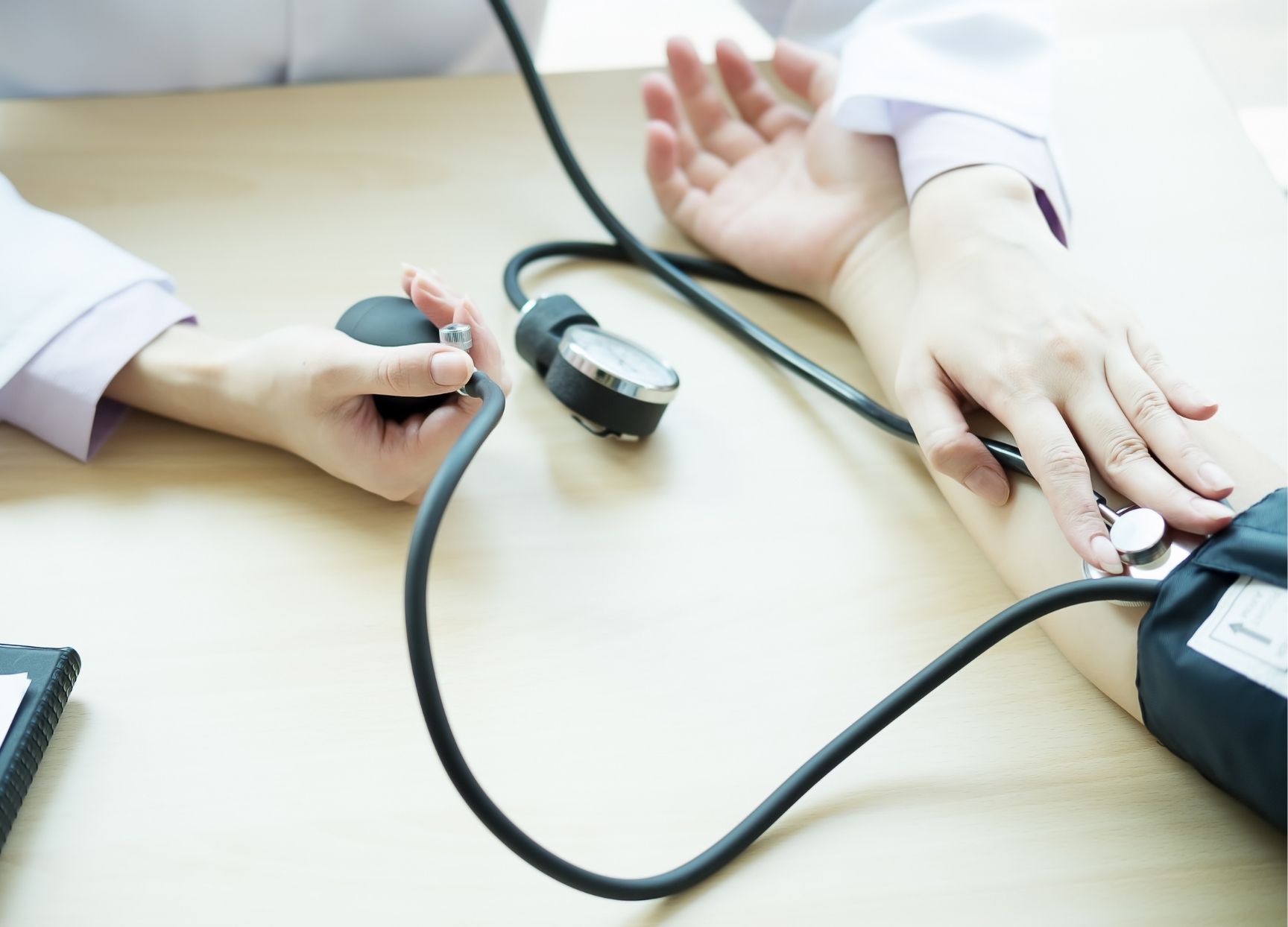Having mentioned previously what blood pressure reading corresponds to low blood pressure, it’s essential to appreciate how blood pressure is measured and how the numbers can vary in any individual. Blood pressure is a measurement of the pressure in your arteries during the active and resting phases of each heartbeat. Your arteries are the blood vessels that carry blood away from the heart and have thick, elastic walls – this places the blood inside arteries under higher pressure. Blood pressure is measured in millimetres of mercury (mmHg), a unit of pressure. The two numbers correspond to the systolic pressure and the diastolic pressure:
- Systolic pressure is the amount of pressure produced by your heart when actively pumping blood through your arteries.
- Diastolic pressure is the amount of pressure in your arteries when your heart is at rest between beats.
Typical normal blood pressure readings range from 90/60 mmHg to 140/90 mmHg, above which are considered high blood pressure or hypertension.
Everyone’s blood pressure varies throughout the day depending on a variety of factors, including:
- Your body position (i.e. standing up vs sitting or lying down)
- Time of day (blood pressure usually lowest at night, rising sharply when you wake up)
- Physical activity
- What you eat or drink
- Any medications you may take
- Your physical condition and stress levels

